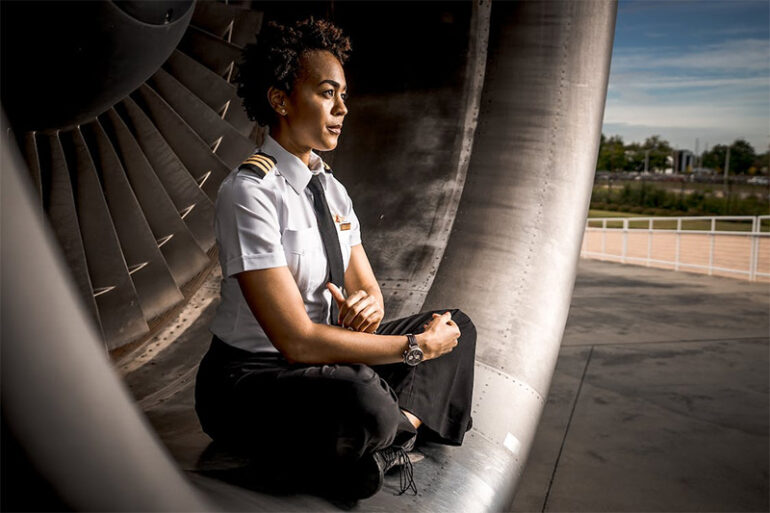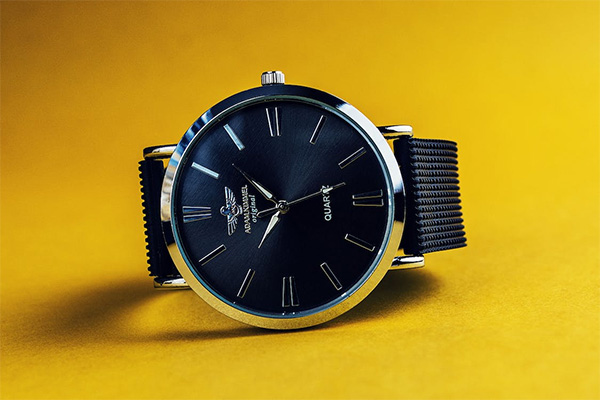History
Like the dive or field watches, the creation of the aviator watch came about because of the World Wars, when an aviator by the name of Santos Dumont asked Louis Cartier for a wristwatch that he could wear while flying. From this request, the first aviator watch was born and was then officially released in 1911 and was dubbed the Cartier Santos, this timepiece showed off a watch with a square face and a bezel with exposed screws, providing for a more industrial and rugged design. Among the features this first aviator watch included was a means for estimating airspeed, lift capacity, navigation, fuel consumption, and of course regular timekeeping.
Characteristics
Aviator watches are among one of the most recognizable styles of watches, but what exactly makes an aviator watch an aviator watch? First and perhaps the most noticeable quality is the watch dial, which is both large and legible, making reading time at a glance a breeze. Another feature that has been modified for this type of watch is the enlarged watch crown. The reason for this design choice is that historically, gloves were always worn by pilots during their flights, and making by making the crown larger and changing the time became possible without pilots needing to take off their gloves.
Relevance
Originally, watches were tools that were created to tell time, and while they still serve this purpose, aviator watches introduced features that made them ideal for pilots. Today, aviator watches can still be seen being worn everywhere. To add, there are also people who appreciate having features such as dual time zone or GMT to be able to keep track of the time of two different places at once. Other than this the durability and ruggedness of aviator watches are considered to be something that can be a make or break factor when choosing between an aviator watch and a different type of watch.
Aviator watches are something that has become a favorite among watch collectors, and it comes as no surprise because of the long and interesting history that it has garnered. And even without learning the history of aviator watches, the industrial look of these watches is something that really tends to attract the attention of both old and new collectors. While most people who now have these watches do not use them for their intended use, it demonstrates just how versatile the look of this watch really is, providing flexibility, style, and variability in anyone’s wardrobe.
Photo Attribution:
1st and featured image by https://www.pexels.com/photo/woman-wearing-uniform-sitting-beside-an-aircraft-engine-7104584/
2nd image by https://www.pexels.com/photo/classic-clock-conceptual-hours-277390/

